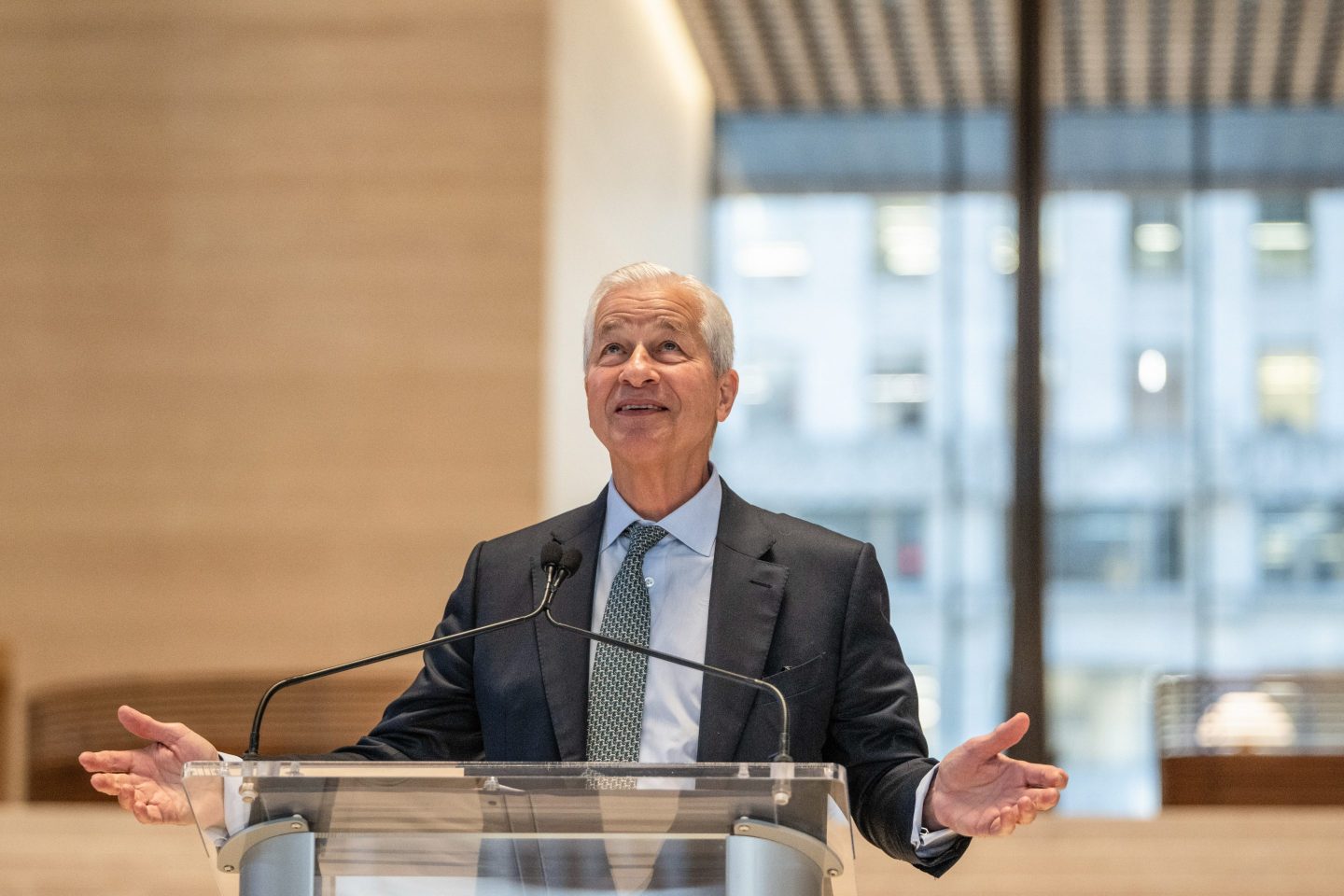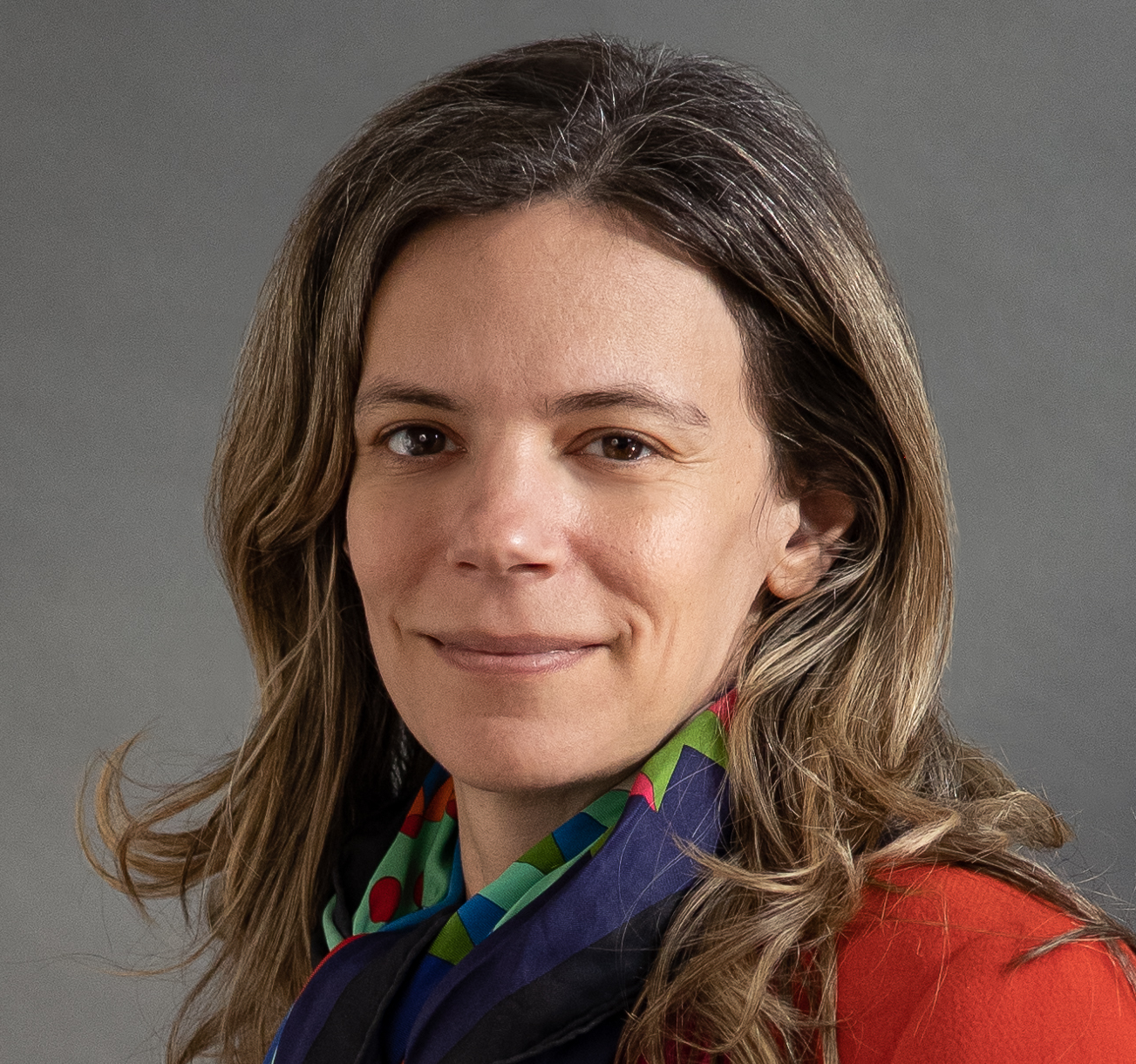Beyonce is breaking new ground today, as both the cover subject and creative force behind Vogue’s September issue.
The pictures are wonderful, made by Tyler Mitchell, the first black photographer to shoot the cover of Vogue in 125 years of publication. But her words, as told to writer and resplendent Beyonce explainer Clover Hope, are filled with insights and revelations that will extend far beyond her devoted fan base.
For one, she shares the story of her recent birth trauma and details of the emergency C-section which delivered her twins, Rumi and Sir. Given what we now know about the mortality rates of pregnant women and mothers of color in the U.S., it is impossible not to think how she might have fared if not for the safety net of her hard-earned resources. (Of course, even wealth and fame is no guarantee.)
But she also explains the most fundamental principle of inclusion, which is to make it intentional:
Until there is a mosaic of perspectives coming from different ethnicities behind the lens, we will continue to have a narrow approach and view of what the world actually looks like. That is why I wanted to work with this brilliant 23-year-old photographer Tyler Mitchell.
When I first started, 21 years ago, I was told that it was hard for me to get onto covers of magazines because black people did not sell. Clearly that has been proven a myth. Not only is an African American on the cover of the most important month for Vogue, this is the first ever Vogue cover shot by an African American photographer.
It’s important to me that I help open doors for younger artists. There are so many cultural and societal barriers to entry that I like to do what I can to level the playing field, to present a different point of view for people who may feel like their voices don’t matter…If people in powerful positions continue to hire and cast only people who look like them, sound like them, come from the same neighborhoods they grew up in, they will never have a greater understanding of experiences different from their own. They will hire the same models, curate the same art, cast the same actors over and over again, and we will all lose.
And according to the most recent report from the University of Southern California’s Annenberg Inclusion Initiative, we are all currently losing. Of the top 100 films in 2017, only 33 depicted a female lead or co-lead, only 19 had an LGB character and 70.7% of all characters were white.
It is a unique gift to be able to watch as powerful women of color actively bring people to the table in clear and specific ways. Ava DuVernay does it for women directors on the Queen Sugar series, venture capitalist Arlan Hamilton does it for underestimated talent in tech, and it strikes me as vitally important that we can see them work in this way.
The vast majority of opportunities to do this, particularly in corporate life, aren’t visible – although the race beat encourages me to believe that people of all genders and hues are finding ways to use whatever privilege they have to bring other people along every day. Every job opportunity matters, particularly when it is matched with barrier-busting support.
Which is also part of the problem. In a zero-sum game where majority culture people publicly fret about their own erasure, including others can feel like an existential threat. It’s a problem as old as Jim Crow, and partly why the public lessons that Beyonce and others provide are so important. Relax, the world is big enough for everyone. “Everyone has a say. Everyone’s voice counts,” she says. “[A]nd everyone has a chance to paint the world from their own perspective.” Or at least they will if we hand them the brush.
On Point
| We don’t know whether our charitable efforts are effective |
| And that’s a big problem, considering Americans gave some $410 billion to good causes in 2017. But without a more organized effort to measure the impacts of this work, and to focus efforts more on underserved communities, it’s hard to prove that philanthropy is anything more than self-serving. Click through for a fascinating interview with Aaron Dorfman, the president and CEO of the National Committee for Responsive Philanthropy, which does research to make sure that interventions actually help the people they attempt to serve. “In our last analysis, 90% of the 1,000 biggest foundations in the country direct less than half of their dollars to benefit underserved communities. It’s shocking,” he says. “People will sometimes be upset by our work, but we’re trying to move philanthropy forward.” |
| Insights |
| Even black robots are discriminated against |
| A new study suggests that when we give human features to a robot, people will also mentally assign them a race. And when confronted with a “threatening robot” in a controlled study about bias, people are more likely to shoot a robot they've identified as black than a white one. I’ll just leave this here. |
| Fast Company |
| A new, inclusive Nancy Drew |
| Look, everyone suspected the girl detective’s best friend George was gay, and now, thanks to this intersectional reboot which appeared earlier this summer, she is. Oh, and she has a black girlfriend. The fiercely independent girl detective has been revisited as a feminist comic, put together by a team at Dynamite Entertainment. “I try to focus on stories with strong female leads because I think it’s important for readers to see that in their media in general,” says illustrator Jenn St-Onge. It’s partly revisiting a beloved franchise of girl-powered heroes, but also the #MeToo #TimesUp age we’re in now. “We’re seeing a real surge in female heroines and huge franchises based around women, and in the real world there feels as if there’s almost a zeitgeist around women,” says writer Kelly Thompson. |
| Advocate |
The Woke Leader
| Why do people love the Confederate flag? |
| When Donna Ladd, a journalist based in Jackson, Mississippi, asked why people still love their Confederate flag despite its history, the answers were mostly what you’d expect. But the history itself is at issue. White resentment from the Civil War and Reconstruction persists in Mississippi; along with a high number of casualties, the state went from being the richest from slavery to one of the poorest. But a revised version of Civil War events underlies their efforts to “preserve their history,” and Ladd is admirably armed with facts that dispute the idea that the South seceded over state’s rights and not slavery. But the wounds still seem fresh. “People like me … it’s in our blood. We know about our family, their sacrifices,” says Larry McCluney, Jr, a national officer in the Sons of Confederate Veterans.“Slavery was an issue, but not the cause.” |
| The Guardian |
| How “Lean In” can hurt women |
| Do we change the system or ourselves? New research previewed in HBR explores the fundamental tension between two competing schools of thought. What makes more sense, changing the systems that favor certain groups, in this case, white men, or emphasizing the tactics underrepresented individuals can use to game the system – or “lean in” - and get ahead? Click through for the study design, but I’ll cut to the chase: Preliminary findings suggest that the lean in, “you can do it” philosophy while appealing, leads people to believe that women are responsible for both causing and fixing their own underrepresentation. “Humans don’t like injustice, and when they cannot easily fix it, they often engage in mental gymnastics to make the injustice more palatable,” write the researchers. “Blaming victims for their suffering is a classic example.” |
| HBR |
| An interview with Roxane Gay, a difficult woman |
| Proof that Vogue has been waking up for a while now, they sat down with novelist, memoirist, essayist, opinion and comics writer Roxane Gay last year, who talked about her recent collection of stories Difficult Women. The collection was deemed too dark to sell when it was finished back in 2012. But for fans, the stories of female pain interwoven with threads of magical realism – many of the stories are set in rust belt America - will seem both familiar and prescient. In addition to talking about her work, she admits she simply didn’t see Trump coming. “I was so confident about Hillary Clinton, and I was so wrong. I have lost some confidence about prognosticating,” she says. “But I genuinely believed that the country was not as racist as it turns out it is. And I don’t know why I thought that. I live in rural Indiana where it’s extraordinarily racist.” |
| Vogue |











